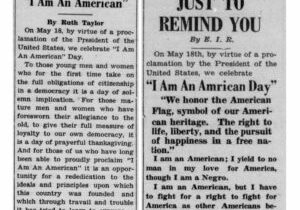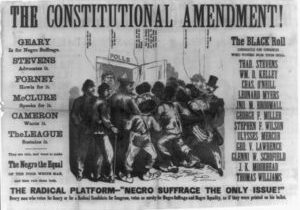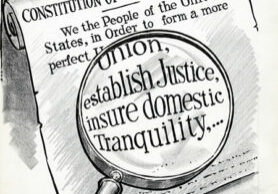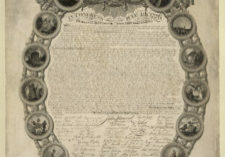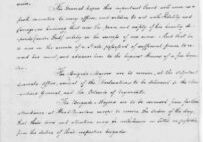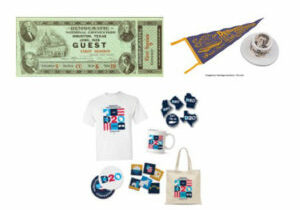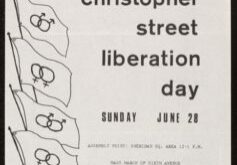Lesson Plans
I Am an American Day
Students analyze historical newspaper opinion pieces, focusing on argument, audience and author purpose. After comparing and contrasting the texts, students write a short opinion piece for a modern-day audience that speaks to being an American.
The Declaration, Her Declaration, Your Declaration
Students analyze the text of the Declaration of Independence and the poem “Declaration” by U.S. poet laureate Tracy K. Smith. After, students create their own Declaration erasure poems that speak to their thoughts, feelings, and experiences.

